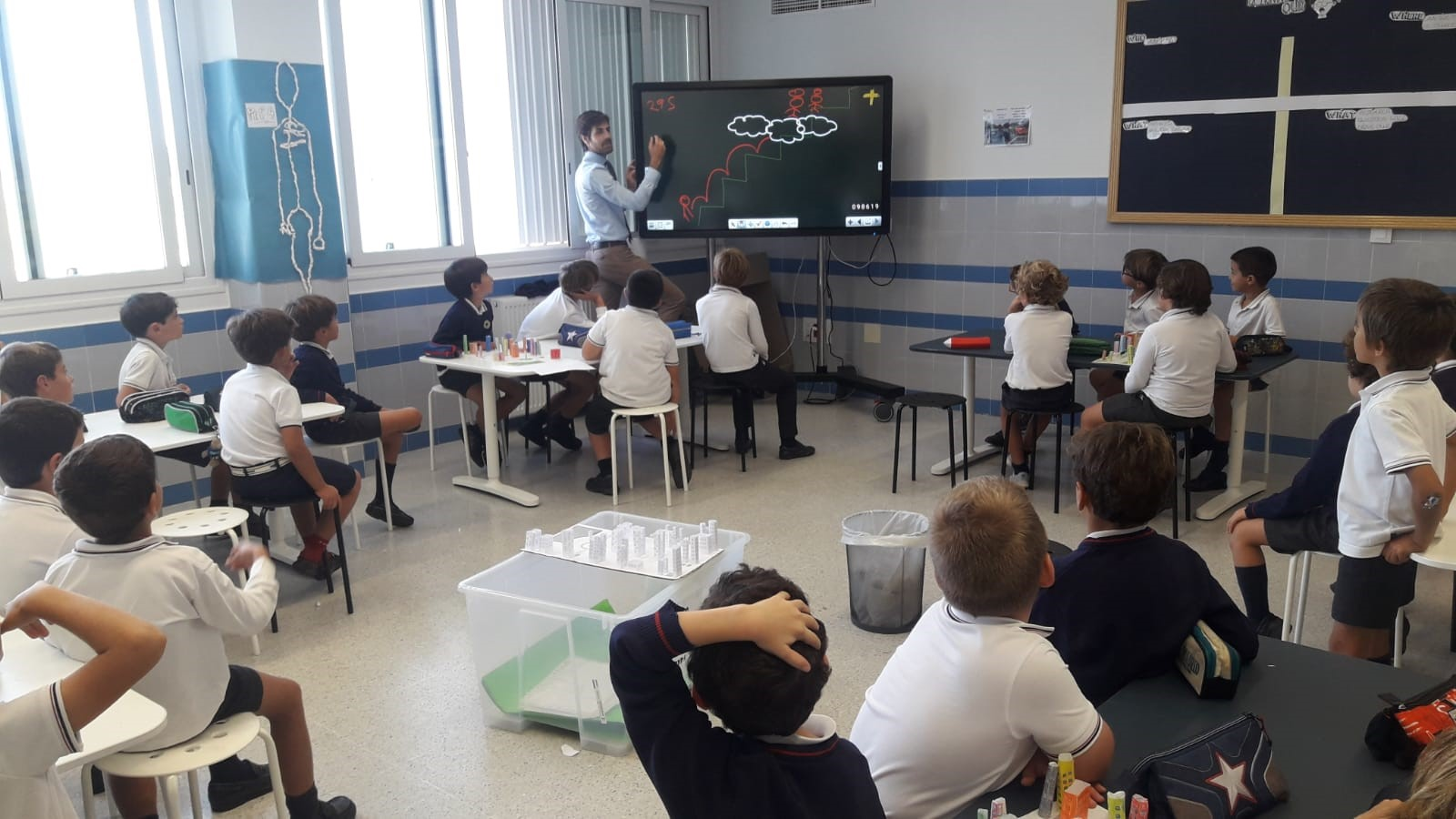
Teaching Spanish to middle school students is an exciting journey. Learning a new language is more than just memorizing words and grammar. It’s also about experiencing different cultures, connecting with people, and gaining a new perspective. However, keeping students engaged and making the learning process enjoyable can sometimes feel like a big challenge. There are plenty of creative ways to teach Spanish thanks to Spanish programs for schools that can make your classroom buzz with excitement and learning.
Here’s a guide packed with eight awesome strategies to help you teach Spanish more effectively:
1. Integrate Co-curricular Activities
Add excitement to Spanish lessons by blending them with other subjects. This approach shows students that Spanish isn’t limited to language class—it’s part of a broader learning experience. Collaborate with the art teacher to explore Spanish artists, or partner with the history teacher to dive into Latin American history. This helps students see the relevance of Spanish across diverse fields.
2. Engage with Fun Speaking Activities
Speaking in Spanish can feel intimidating, but it’s a vital skill. Make it enjoyable by creating fun scenarios. Set up a mock café where students order in Spanish or designate a “Spanish-only” day where everyone speaks as much Spanish as possible. Keep the atmosphere positive and supportive to boost their confidence.
3. Learn Through Cooking
Food offers a delicious way to connect with Spanish-speaking cultures and expand vocabulary. Have a day where students bring Spanish dishes to discuss in Spanish, or cook a simple recipe together as a class. It’s an engaging and tasty way to practice language skills and experience cultural traditions.
4. Incorporate Games
Games are universally loved and are a fantastic way to learn while having fun. Try Spanish bingo, word-matching games, or create a custom board game in Spanish. These games help students pick up new vocabulary and practice in a relaxed, enjoyable environment.
5. Focus on End Goals
Identify what you want students to accomplish by the end of the course, then plan lessons to meet these goals. This backward approach helps prioritize essential skills, ensuring each lesson guides students toward key achievements, like introducing themselves or holding basic conversations.
6. Involve Real-Life Tasks
Use real-life applications of Spanish to show its value. Have students write a Spanish movie review, plan a trip to a Spanish-speaking country, or interview a Spanish-speaking community member. These activities make learning feel practical and engaging.
7. Explore Spanish Books and Stories
Reading is an excellent way to improve language skills. Begin with simple stories or articles, gradually progressing to more challenging texts. Class discussions about these readings spark interesting conversations and give students a chance to express themselves in Spanish.
8. Leverage Technology
Technology offers diverse resources for Spanish learning. Use apps for vocabulary, watch videos for listening practice, or utilize online interactive lessons. Encourage students to explore these tools in and outside the classroom to enhance their learning experience.
9. Encourage Creative Flashcards
Flashcards help students connect words with meanings, especially visually-oriented learners. Have students illustrate vocabulary words instead of just writing them with translations, reinforcing a stronger connection to the language. Digital options like Quizlet offer interactive flashcards and games, allowing students to practice vocabulary and collaborate with peers.
10. Have Students Create Spanish Videos
Divide the class into small groups, assigning each a topic. Guide them to use online Spanish resources for inspiration, then have them create a video that explains a Spanish topic, stages a conversational skit, or teaches a simple activity in Spanish. This fosters creativity and practical language use.
Teaching Spanish is about opening doors to new cultures and perspectives. By using a mix of strategies, you can create an energetic classroom where students feel inspired to learn and use Spanish, fostering a lifelong appreciation for the language and its cultures.



